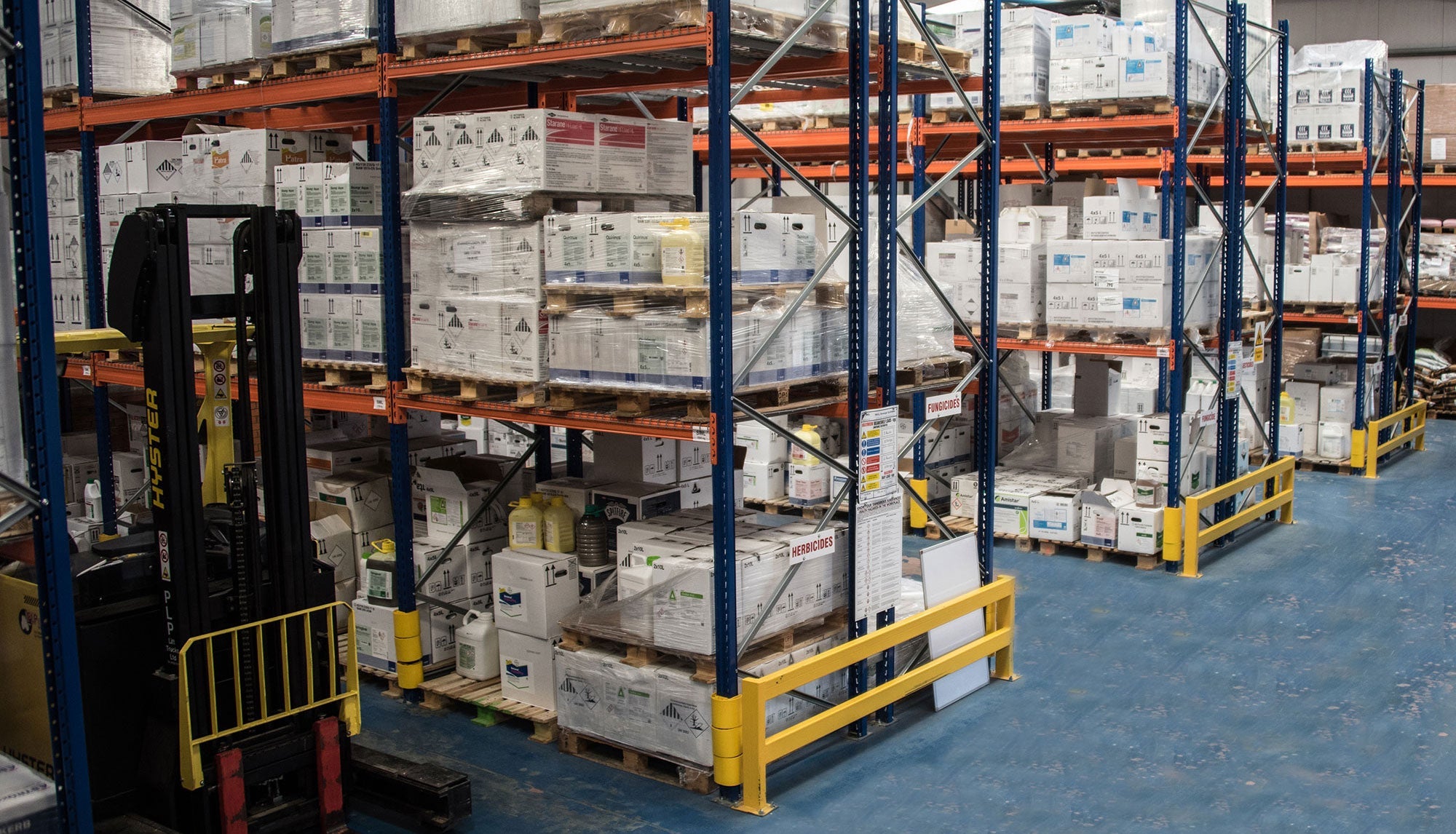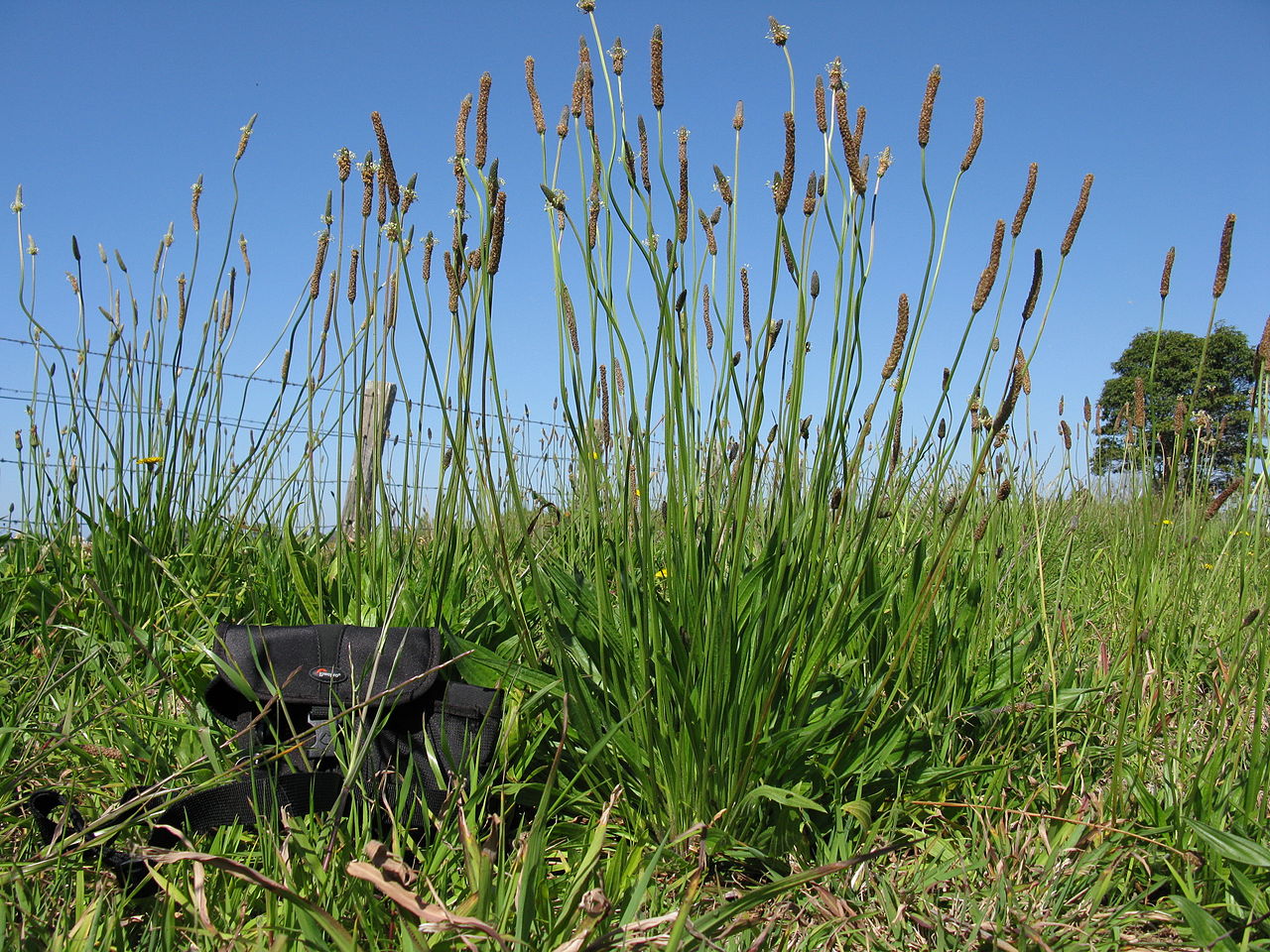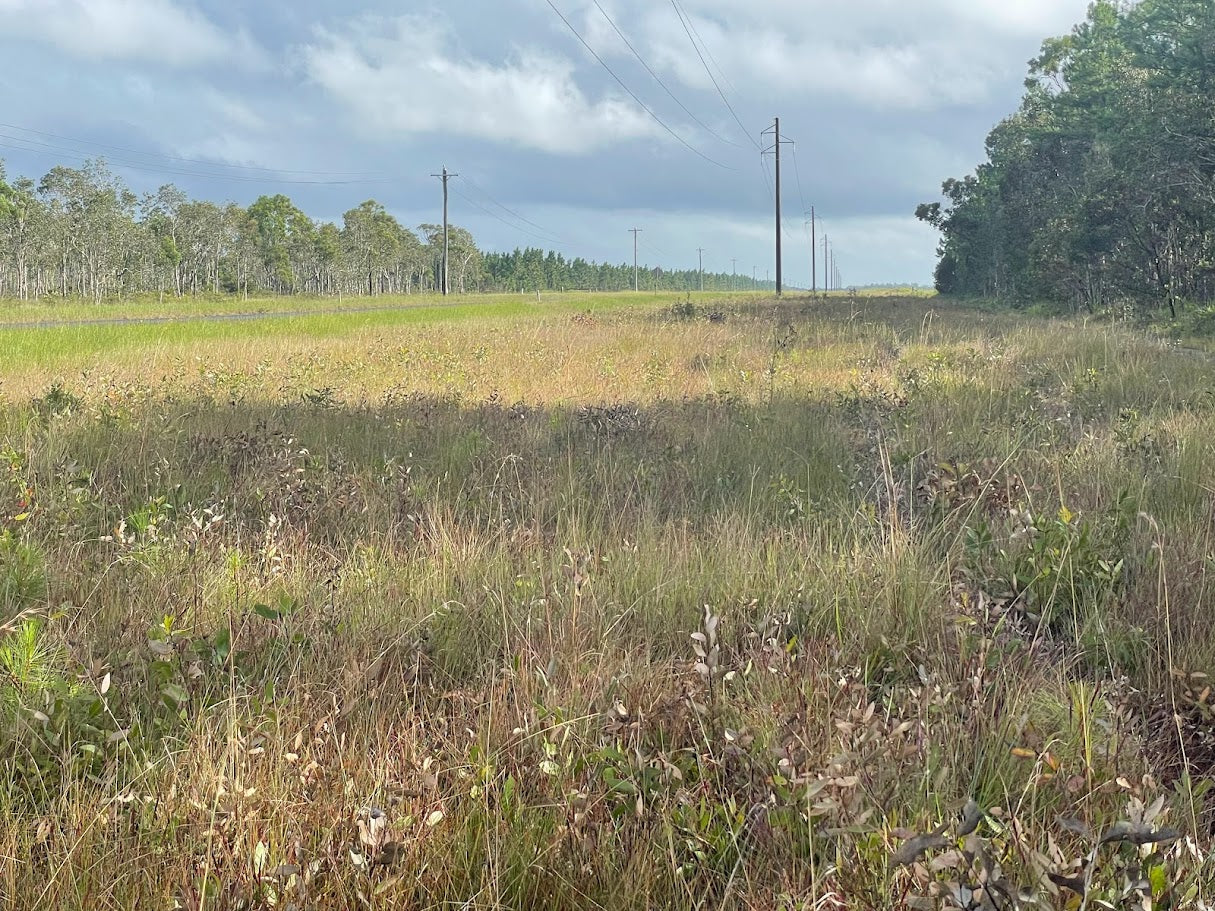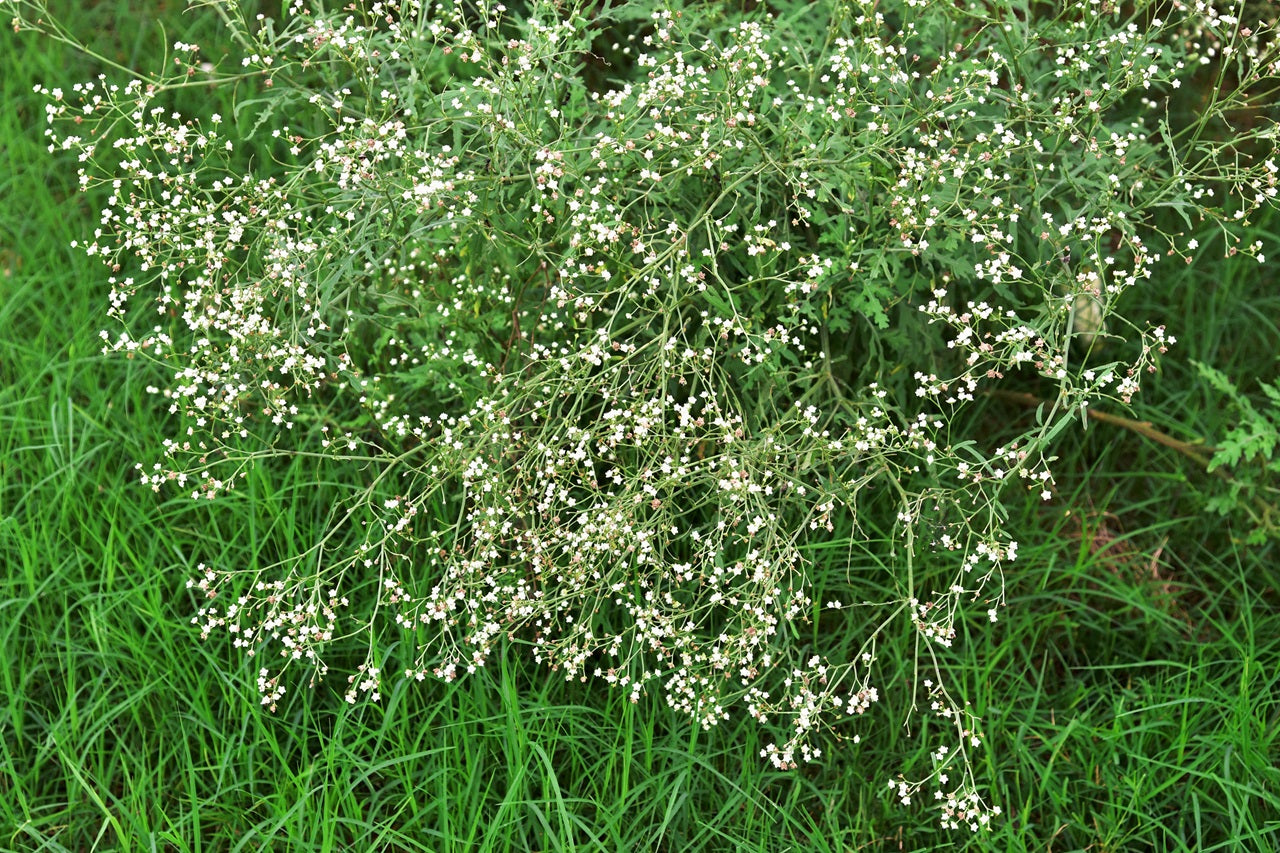
Proper Storage of Herbicides: Safe and Effective Management
Proper Storage of Herbicides: A Guide to Safe and Effective Management
Herbicides are essential tools for weed control in agriculture and landscaping. Properly storing these chemicals is crucial to ensure their effectiveness, prevent accidents, and protect the environment. In this blog, we will provide a comprehensive guide on how to appropriately store herbicides, emphasizing safety and adherence to label instructions.
It is always a good idea to first consult your states guidelines on Agricultural chemical storage before you proceed to ensure you are complying with all applicable rules and regulations, But the following serves as a handy summary of the things you need to consider.
Choose an Appropriate Storage Location
Dedicated Storage Area
Designate a well-ventilated and secure storage area solely for herbicides. This area should be inaccessible to unauthorized personnel, including children and pets.
Keep Away from Food and Livestock
Ensure your herbicide storage area is far from food storage or areas where livestock are kept to avoid contamination risks.
Temperature Considerations
Check the label for specific temperature requirements. Store herbicides within the recommended temperature range to maintain their effectiveness.
Reactivity
Most herbicides are weak acids and care should be taken to avoid using exposed metal surfaces to store your herbicides.

Select Suitable Containers
Original Packaging
Whenever possible, keep herbicides in their original, labelled containers. These containers are designed to safely store the product and provide crucial information.
Sealable Containers
If you need to transfer herbicides to another container, use one that is chemical-resistant, sealable, and clearly labelled. Never use food or drink containers.
Avoid Leaks
Ensure containers are in good condition to prevent leaks. Store them on shelves or racks to minimize the risk of spillage.
Organise for Easy Access
Arrange by Type
Organize herbicides by type, grouping similar products together. This makes it easier to locate specific herbicides when needed.
Proper Labelling
Clearly label all containers with the product name, active ingredient, and application instructions. Use waterproof labels to prevent fading.
First In, First Out (FIFO)
Adopt a "first in, first out" system to use older herbicides before newer ones. This helps prevent expired products from being used.

Secure the Storage Area
Lock and Secure
Install locks or other security measures to restrict access to the storage area. Safeguarding herbicides from theft or unauthorized use is vital.
Ventilation
Ensure proper ventilation to prevent the accumulation of fumes and maintain a safe environment.
Containment for Spills
Herbicides should be stored in a properly bunded area that can contain a spill of at least 25% of the total volume of products stored. Have spill containment materials, such as absorbent pads or spill kits, readily available in case of accidental spills.
Read the Label and SDS
Before storing herbicides, it is essential to thoroughly read and understand the product label and Safety Data Sheet (SDS). These documents provide critical information on proper storage, handling, personal protective equipment (PPE), disposal, and emergency procedures.
Properly storing herbicides is essential for safety, efficacy, and environmental protection. By choosing the right storage location, selecting suitable containers, organising your storage area, securing it against unauthorised access, and most importantly, reading, and following label instructions and SDS, you can ensure that your herbicides remain effective and pose minimal risks to people, animals, and the environment.
Additional content
VIEW GWS' ADDITIONAL CONTENT TO LEARN MORE ABOUT THE WEED INDUSTRY

Water pH and the Performance of Weak Acid Herbicides
Weak-acid herbicides must remain in their non-ionised (acid) form to move efficiently through the plant cuticle. When spray water is too alkaline, the herbicide molecule becomes ionised.
Read more
Towards Modern Vegetation Management: Solutions for Australia’s Linear Infrastructure
Understanding the Changing Vegetation Challenge Vegetation management across Australia’s linear infrastructure corridors is becoming increasingly complex. Roads, rail corridors, gas pipelines, elec...
Read more
Case Study: Parthenium Weed Hygiene
Introduction: The Necessity of Weed Hygiene Management Australia’s vast expanses and diverse land uses, from grazing pastures and cropping zones to natural bushland and urban corridors are u...
Read more
